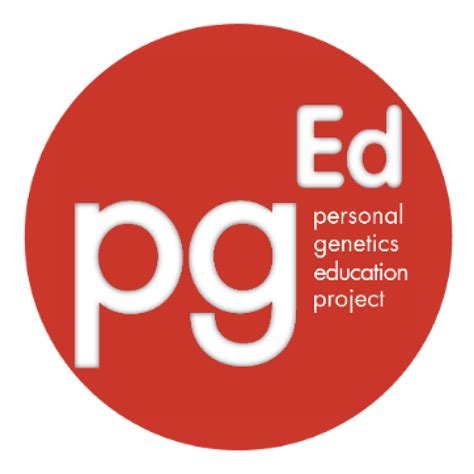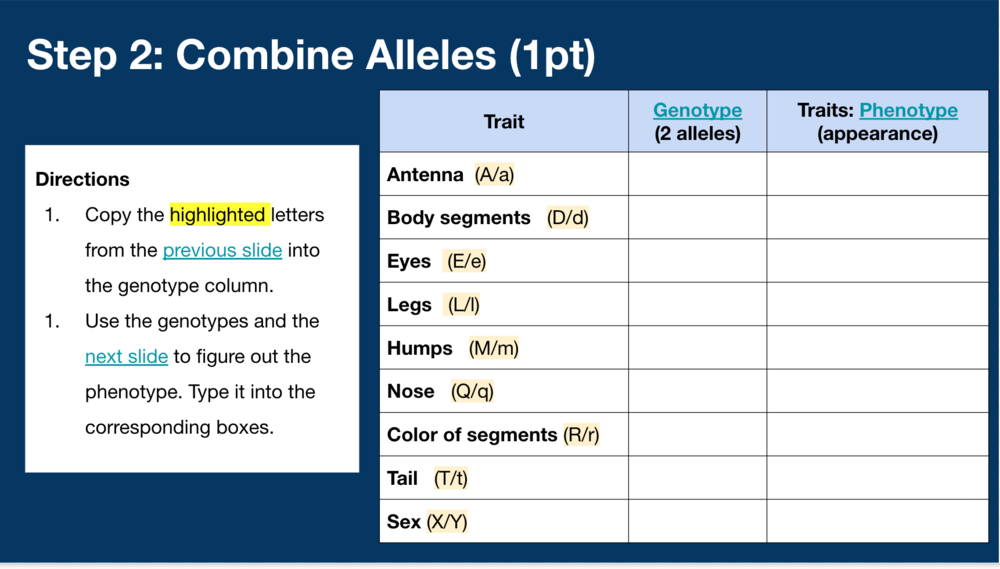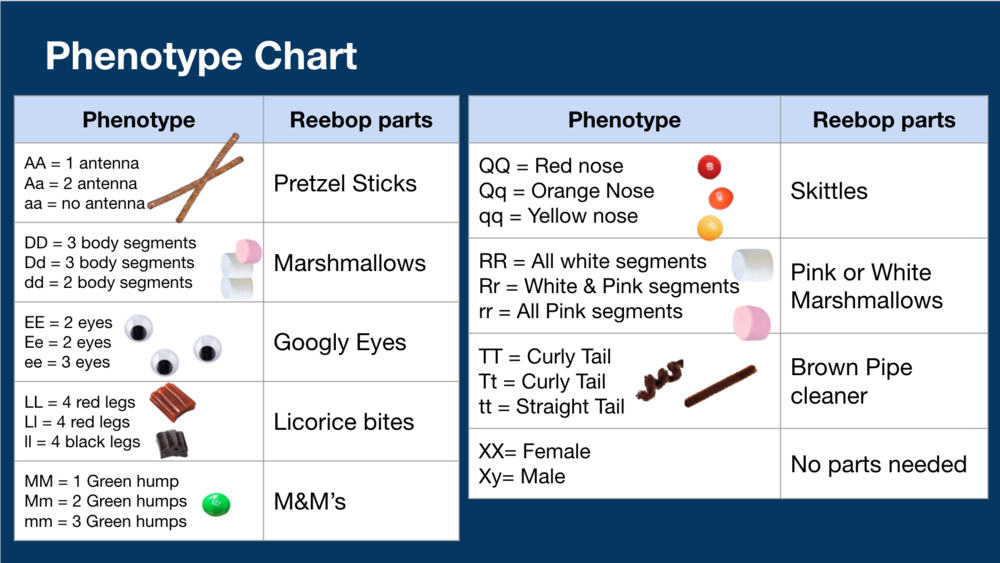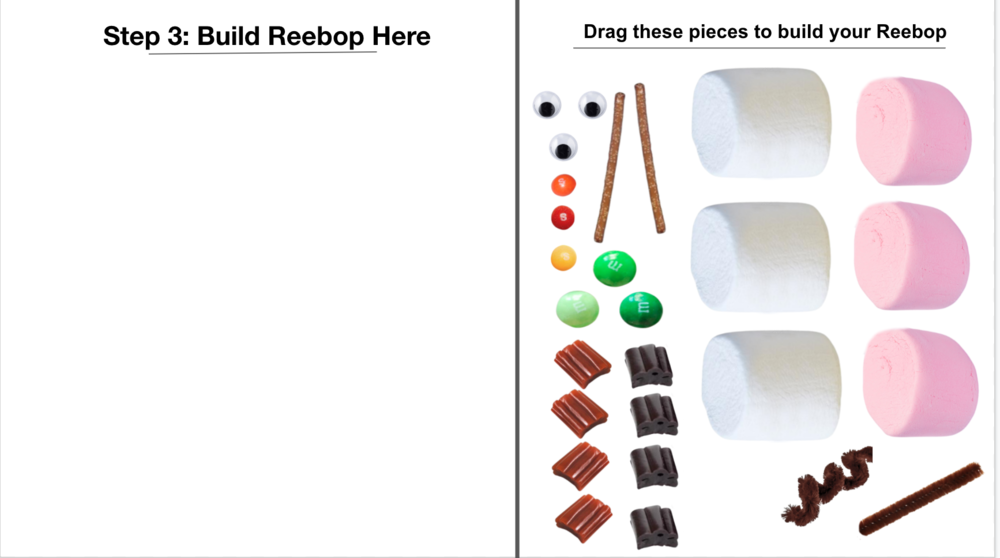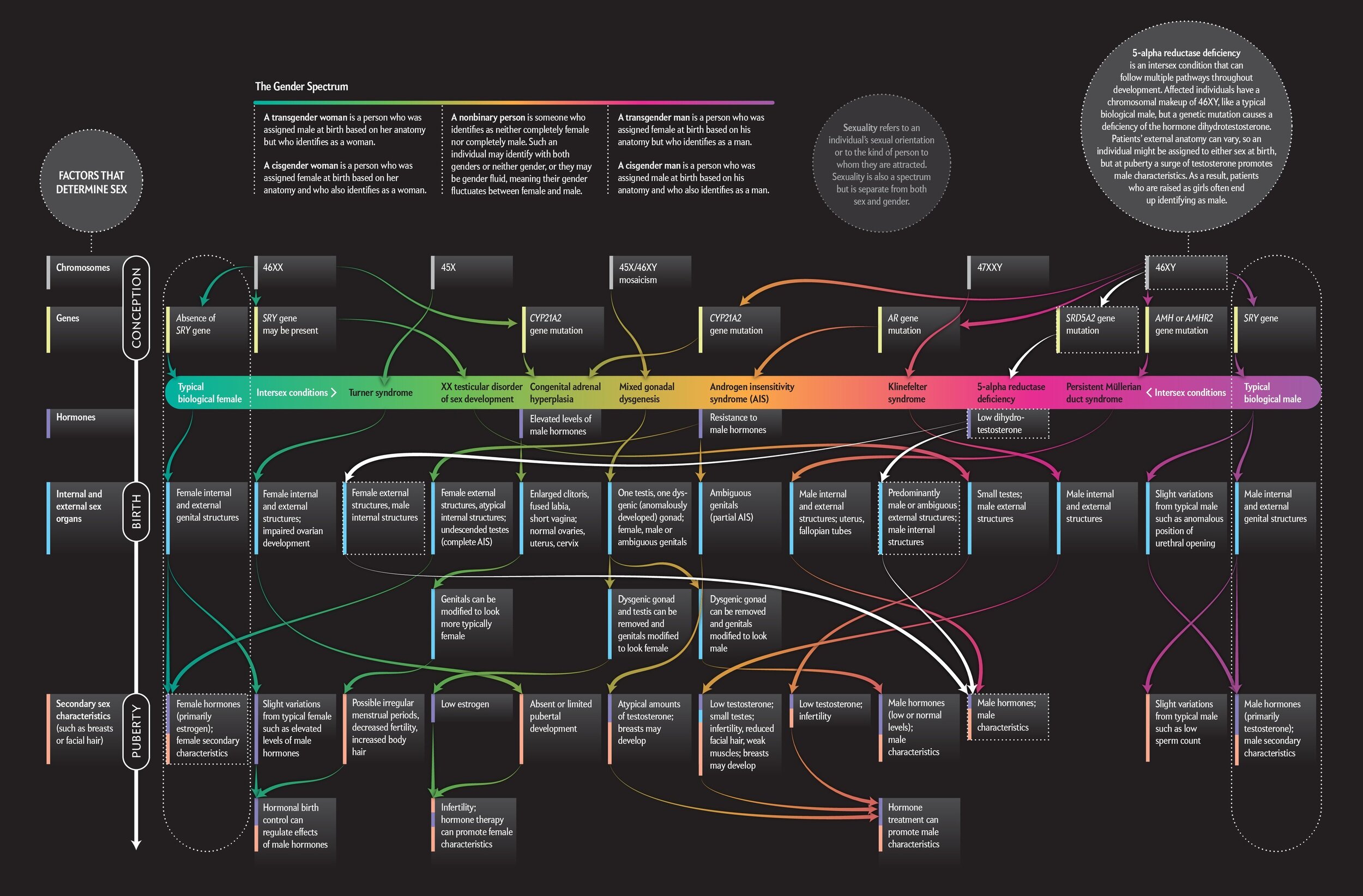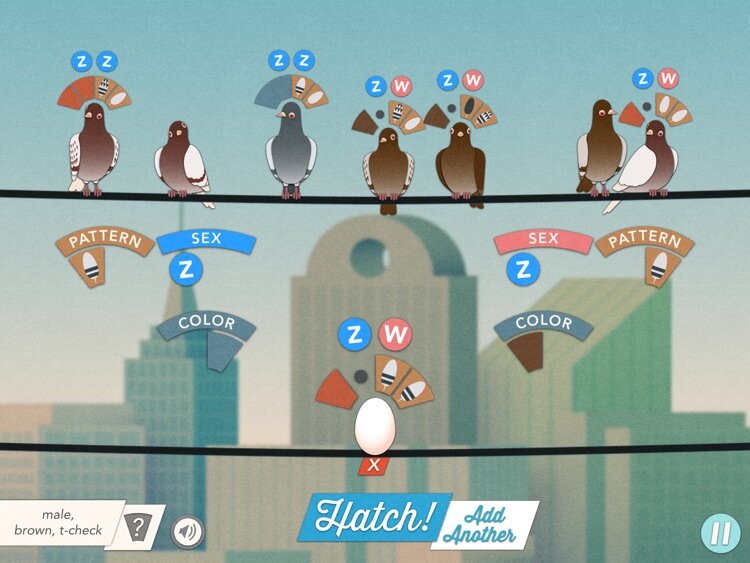Who I Am Not is a feature-length documentary about two members of the intersex community in South Africa.
Sharon-Rose Khumalo, a South African beauty queen, plunges into an identity crisis after finding out she is intersex. In her quest to deal with gender dysphoria, she needs the guidance of somebody just like her.
The only person who will help is Dimakatso Sebidi, a masculine presenting intersex activist who turns out to be her complete opposite. The two parallel but divergent stories offer an intimate look at the struggle of living in a male-female world, when you are born in-between.

